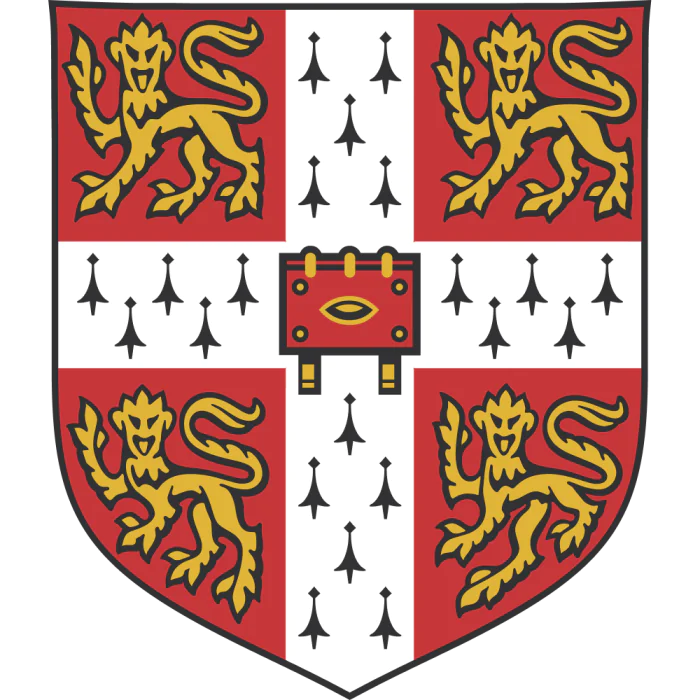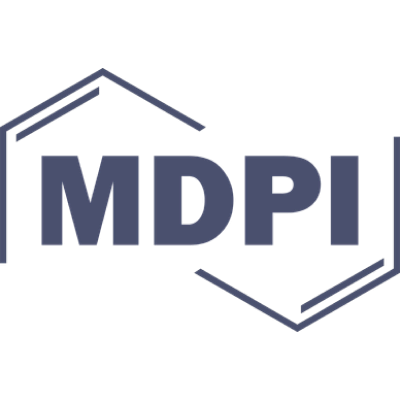Russian Journal of Genetics, volume 60, issue 11, pages 1457-1472
Genetic Variants Causing Teratozoospermia in Humans
M A Kleshchev
1
,
A V Osadchuk
1
,
L.V. Osadchuk
1
Publication type: Journal Article
Publication date: 2024-11-25
Journal:
Russian Journal of Genetics
scimago Q4
wos Q4
SJR: 0.185
CiteScore: 1.0
Impact factor: 0.6
ISSN: 10227954, 16083369
Abstract
It is known that pathogenic variants in genes regulating spermiogenesis can lead to the manifestation of monomorphic teratozoospermia, characterized by the predominance of morphological abnormalities of a unique type (globozoospermia, macrozoospermia, acephalic spermatozoa, or multiple morphological abnormalities of the sperm flagella), as well as to polymorphic teratozoospermia, in which several types of sperm abnormalities are found in the ejaculate. The information obtained from systematization and organization of existing research data on pathogenic genetic variants associated with abnormal sperm morphology can be useful for understanding the molecular genetic mechanisms of teratozoospermia. Analysis of literary sources and data contained in the Malacards, OMIM, KEGG, CTD, DisGeNET databases resulted in the collection and systematization of the information about 109 human genes, the pathogenic variants in which were associated with certain types of teratozoospermia, in particular, globozoospermia, the syndrome of multiple morphological abnormalities of the sperm flagella, dysplasia of the fibrous sheath, acephalic spermatozoa syndrome, macrozoospermia, and polymorphic teratozoospermia. Moreover, each type of teratozoospermia was found to be caused by the disruption of specific biological processes, and pathogenic variants in genes involved in the regulation of cytoskeletal organization and functioning as well as intracellular transport, made the greatest contribution to the development of genetically determined teratozoospermia.
Nothing found, try to update filter.
Are you a researcher?
Create a profile to get free access to personal recommendations for colleagues and new articles.








